Home>Furniture & Design>Office Furniture>How To Make An Office Chair More Comfortable
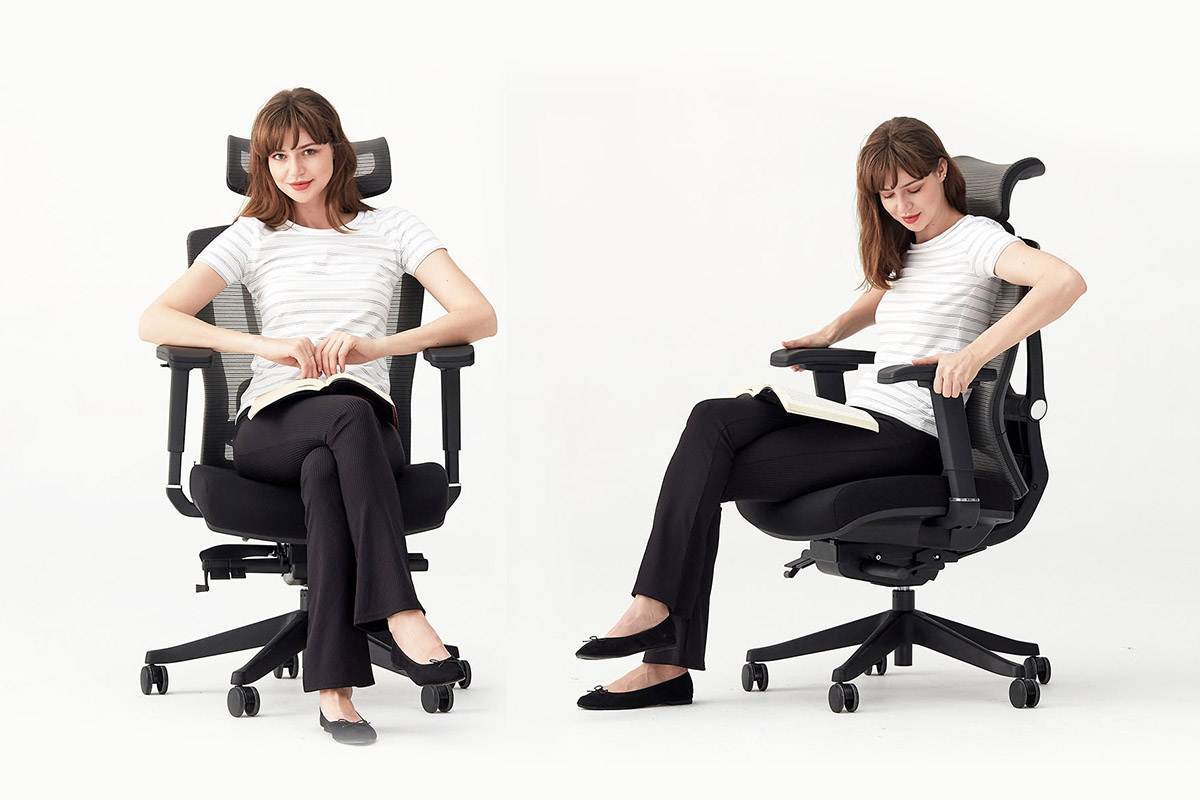

Office Furniture
How To Make An Office Chair More Comfortable
Modified: February 17, 2024
Learn how to enhance your office chair for better comfort with our expert tips and tricks. Improve your workspace with our office furniture and design solutions.
(Many of the links in this article redirect to a specific reviewed product. Your purchase of these products through affiliate links helps to generate commission for Storables.com, at no extra cost. Learn more)
Introduction
Welcome to the ultimate guide on how to make an office chair more comfortable. As we spend a significant portion of our day seated at our desks, it's crucial to ensure that our seating arrangements are conducive to our well-being and productivity. An uncomfortable office chair can lead to aches, pains, and reduced focus, ultimately impacting our work performance and overall health. Fortunately, there are various simple yet effective strategies to transform your office chair into a comfortable and supportive throne.
In this comprehensive guide, we will explore practical tips and adjustments that can make a world of difference in your daily comfort and posture. From optimizing seat height to selecting the right materials, we will cover every aspect of enhancing your office chair experience. Whether you are working from home or in a corporate setting, these insights will empower you to create a more ergonomic and inviting workspace.
So, let's dive into the art of crafting the perfect seating arrangement and discover how small changes can lead to significant improvements in your daily comfort and well-being. By the end of this guide, you'll be equipped with the knowledge and tools to transform your office chair into a haven of comfort and support. Let's embark on this journey to upgrade your office chair and revolutionize your work environment.
Key Takeaways:
- Transform your office chair into a cozy oasis by adjusting seat height, adding lumbar support, and using cushions. Small changes lead to big improvements in comfort and productivity.
- Take regular breaks, optimize armrest positioning, and choose the right chair material to create a comfortable and supportive workspace. Prioritize your well-being for a more enjoyable work experience.
Read more: How To Make Dining Chairs More Comfortable
Adjusting the Seat Height
One of the fundamental aspects of ensuring comfort in an office chair is setting the correct seat height. When your chair's height is properly adjusted, it promotes good posture and reduces strain on your back and legs. To achieve the ideal seat height, follow these simple steps:
- Feet Flat on the Floor: Start by positioning your feet flat on the floor, with your thighs parallel to the ground. This provides a stable foundation and prevents discomfort caused by dangling feet or uneven pressure on your legs.
- Adjust the Chair Height: Use the chair's height adjustment lever to raise or lower the seat so that your thighs are parallel to the ground and your feet are comfortably resting flat. Your knees should be at a 90-degree angle, allowing for proper blood circulation and reduced pressure on your lower back.
- Evaluate the Position: Once you have made the adjustment, take a moment to assess your posture. Ensure that your spine is upright, with your shoulders relaxed and your head facing forward. If your chair features a recline function, test different angles to find the most comfortable and supportive position for your back.
By fine-tuning your office chair's seat height, you can significantly enhance your comfort and reduce the risk of developing discomfort or pain associated with prolonged sitting. This simple yet impactful adjustment sets the stage for an ergonomic and supportive seating experience, allowing you to focus on your tasks without the distraction of physical discomfort.
Adding Lumbar Support
Proper lumbar support is essential for maintaining a healthy and comfortable seated posture. The lower back, or lumbar region, is particularly prone to strain and discomfort when sitting for extended periods. Fortunately, there are various methods to enhance lumbar support in your office chair, promoting better spinal alignment and reducing the risk of lower back pain.
Here are some effective ways to add lumbar support to your office chair:
- Utilize a Lumbar Pillow: A lumbar pillow or cushion specifically designed to support the natural curve of the lower back can be a game-changer. Position the lumbar pillow at the small of your back, ensuring that it fills the gap between your lower back and the chair. This simple addition provides targeted support, alleviating pressure and promoting a more ergonomic seated position.
- Opt for Chairs with Built-In Lumbar Support: When selecting an office chair, prioritize models with built-in lumbar support. These chairs feature contoured backrests that naturally align with the spine's curvature, providing consistent support throughout the workday. The integrated lumbar support minimizes the strain on the lower back, enhancing overall comfort and reducing the risk of discomfort or fatigue.
- Adjustable Lumbar Support Mechanisms: Many modern office chairs offer adjustable lumbar support mechanisms, allowing you to customize the level of support based on your unique needs. Experiment with the settings to find the ideal position that maintains the natural arch of your lower back. This personalized approach to lumbar support ensures that your chair accommodates your specific comfort requirements.
By incorporating these strategies, you can optimize lumbar support in your office chair, fostering a more supportive and comfortable seating experience. Whether through the use of specialized pillows or the selection of chairs with advanced lumbar support features, prioritizing the health of your lower back is a crucial step in creating an ergonomic and inviting workspace.
Using a Cushion or Pillow
Introducing a cushion or pillow to your office chair can work wonders in enhancing comfort and providing targeted support for specific areas of your body. Whether you seek to alleviate pressure points, improve posture, or simply add a touch of plush comfort to your seating arrangement, the strategic use of cushions and pillows can transform your office chair into a cozy and supportive oasis.
Consider the following approaches to effectively integrate cushions or pillows into your office chair:
- Seat Cushions for Enhanced Comfort: If your office chair's seat feels too firm or lacks adequate padding, a seat cushion can provide an extra layer of support and comfort. Look for cushions designed to distribute weight evenly and reduce pressure on the hips and thighs. Memory foam or gel-infused cushions are popular options, offering a balance of firm support and cushioned softness.
- Neck and Head Support Pillows: For individuals who spend extended periods engaged in computer work or reading, neck and head support pillows can alleviate neck strain and promote a more relaxed and comfortable posture. These pillows are designed to cradle the neck and head, reducing tension and enhancing overall comfort during prolonged periods of seated activity.
- Backrest Cushions for Lumbar Support: In addition to dedicated lumbar pillows, backrest cushions can provide comprehensive support for the entire back, including the lumbar region. These cushions promote healthy spinal alignment and reduce fatigue, making them an excellent addition to office chairs that may lack sufficient built-in support.
By strategically incorporating cushions and pillows into your office chair, you can tailor your seating experience to meet your unique comfort needs. Whether you seek targeted support for specific areas of the body or an overall enhancement of comfort, these accessories offer a versatile and practical solution to elevate your office chair to new levels of coziness and ergonomic support.
Add a lumbar support pillow to your office chair to improve posture and reduce back pain. Position the pillow at the small of your back for maximum comfort.
Positioning the Armrests
Properly positioned armrests play a vital role in enhancing the overall comfort and ergonomics of an office chair. When utilized correctly, armrests can reduce strain on the shoulders, arms, and wrists, promoting a more relaxed and supportive seated posture. Whether you are typing, writing, or engaging in various tasks at your desk, optimizing the positioning of your chair’s armrests can significantly improve your comfort and productivity.
Consider the following tips for optimizing the positioning of your office chair’s armrests:
- Adjusting the Height: Begin by adjusting the height of the armrests so that they align with your elbows when your shoulders are relaxed. The armrests should provide gentle support to your forearms without causing elevation or strain in your shoulders. This positioning allows for a natural and comfortable arm posture, reducing tension and promoting better blood circulation in the arms and hands.
- Width and Depth Alignment: Ensure that the armrests are positioned to comfortably accommodate the width of your body. Ideally, the armrests should allow your arms to rest naturally at your sides, preventing strain or awkward positioning. Additionally, consider the depth of the armrests to ensure that they support your arms without causing discomfort or restricting movement.
- Utilizing Armrest Pads: If your office chair’s armrests lack sufficient padding or feel too rigid, consider adding armrest pads to enhance comfort. These pads provide a soft and supportive surface for your arms, reducing pressure points and promoting a more relaxed and ergonomic arm posture during extended periods of seated activity.
By optimizing the positioning of your office chair’s armrests, you can create a more comfortable and supportive environment for your upper body. Whether typing, reading, or engaging in discussions, the strategic adjustment of armrests contributes to reduced strain and enhanced comfort, allowing you to focus on your tasks with minimal physical distraction.
Read more: How To Make A Dining Chair More Comfortable
Choosing the Right Chair Material
The material of your office chair plays a significant role in determining its overall comfort, durability, and maintenance requirements. Selecting the right chair material can contribute to a more pleasant and supportive seating experience, addressing factors such as breathability, cushioning, and ease of cleaning. Whether you prefer the plush comfort of fabric or the sleek appeal of leather, the choice of chair material can impact your daily comfort and satisfaction.
Consider the following factors when choosing the right material for your office chair:
- Fabric Upholstery for Breathability: Chairs with fabric upholstery offer excellent breathability, allowing air to circulate and prevent heat buildup during prolonged sitting. Additionally, fabric chairs often provide a soft and cushioned seating surface, promoting comfort and reducing pressure points. Look for durable and easy-to-clean fabric options that align with your aesthetic preferences and functional needs.
- Leather for a Luxurious and Easy-to-Clean Option: Leather chairs exude a sense of luxury and sophistication while offering ease of maintenance. The smooth and durable nature of leather makes it a popular choice for office environments, providing a sleek and professional appearance. Additionally, leather chairs are relatively simple to clean, making them suitable for individuals seeking a low-maintenance seating solution.
- Mesh Chairs for Enhanced Airflow: Mesh chairs are renowned for their exceptional breathability and ergonomic support. The flexible and breathable mesh material allows for optimal air circulation, keeping you cool and comfortable throughout the day. Mesh chairs are particularly suitable for individuals who prioritize airflow and a lightweight seating experience.
By carefully considering the material of your office chair, you can tailor your seating experience to align with your preferences and comfort requirements. Whether you prioritize breathability, ease of maintenance, or a luxurious aesthetic, the right chair material can elevate your comfort and satisfaction in the workplace, allowing you to focus on your tasks with minimal physical distraction.
Taking Regular Breaks
Amidst the quest to optimize the comfort of your office chair, it’s essential to recognize the significance of taking regular breaks from prolonged sitting. Regardless of how ergonomically designed your chair may be, extended periods of sedentary behavior can contribute to discomfort and potential health concerns. By incorporating regular breaks into your work routine, you can promote circulation, reduce muscle fatigue, and rejuvenate your body and mind.
Consider the following strategies to integrate regular breaks into your workday:
- Implement the 20-20-20 Rule: For every 20 minutes of focused work at your desk, take a 20-second break to look at an object at least 20 feet away. This simple practice helps reduce eye strain and provides a brief opportunity for your muscles to relax and readjust.
- Engage in Stretching Exercises: Incorporate short stretching exercises into your breaks to alleviate muscle tension and promote flexibility. Simple movements such as shoulder rolls, neck stretches, and gentle twists can counteract the effects of prolonged sitting and enhance overall comfort.
- Take Brief Walks: Whenever feasible, take short walks during your breaks to stimulate circulation and provide a change of scenery. Even a brief stroll around your workspace or a trip to the water dispenser can invigorate your body and mind, reducing the physical toll of extended sitting.
- Mindful Breathing and Relaxation: Dedicate a few moments during your breaks to engage in mindful breathing exercises or relaxation techniques. Deep breathing and brief moments of relaxation can alleviate stress, improve focus, and contribute to a more comfortable and balanced workday.
By integrating these strategies, you can counteract the potential discomfort associated with prolonged sitting and promote a healthier and more comfortable work environment. Embracing regular breaks as an essential component of your work routine fosters physical and mental well-being, allowing you to return to your tasks feeling refreshed and energized.
Conclusion
Congratulations on embarking on the journey to transform your office chair into a haven of comfort and support. By implementing the strategies outlined in this guide, you have taken significant steps toward creating a more ergonomic, inviting, and comfortable workspace. From adjusting the seat height to integrating regular breaks into your work routine, each action contributes to your overall well-being and productivity.
Remember that the pursuit of comfort in your office chair is an ongoing endeavor, and small adjustments can yield substantial benefits. Continuously evaluate your seating arrangement, making refinements as needed to ensure optimal comfort and support. By prioritizing your physical well-being and comfort, you are investing in your long-term health and work satisfaction.
As you apply the insights from this guide, consider the unique needs of your body and work environment. Your comfort preferences may evolve over time, and your office chair should adapt to accommodate these changes. Whether through the addition of lumbar support, the strategic use of cushions, or the integration of regular breaks, your efforts contribute to a more enjoyable and sustainable work experience.
Embrace the opportunity to create a workspace that nurtures your well-being and supports your endeavors. A comfortable office chair is not merely a piece of furniture; it is a cornerstone of your daily comfort and productivity. By optimizing your seating experience, you are empowering yourself to thrive in your professional pursuits while safeguarding your physical health.
May your office chair become a symbol of comfort, support, and inspiration as you embark on your daily endeavors. Here’s to a workspace that prioritizes your well-being and cultivates a sense of ease and productivity. With these strategies at your disposal, you are well-equipped to craft a workspace that harmonizes with your body and mind, fostering comfort, creativity, and success.
Frequently Asked Questions about How To Make An Office Chair More Comfortable
Was this page helpful?
At Storables.com, we guarantee accurate and reliable information. Our content, validated by Expert Board Contributors, is crafted following stringent Editorial Policies. We're committed to providing you with well-researched, expert-backed insights for all your informational needs.


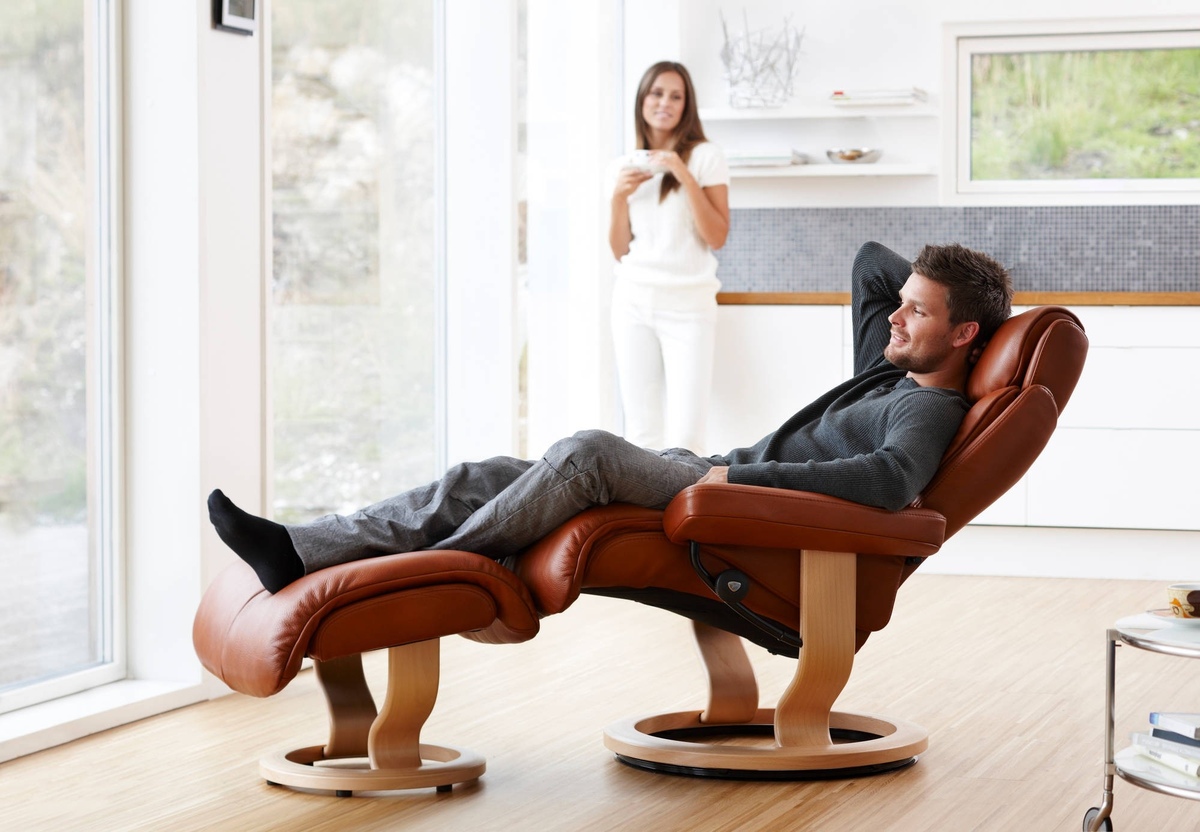
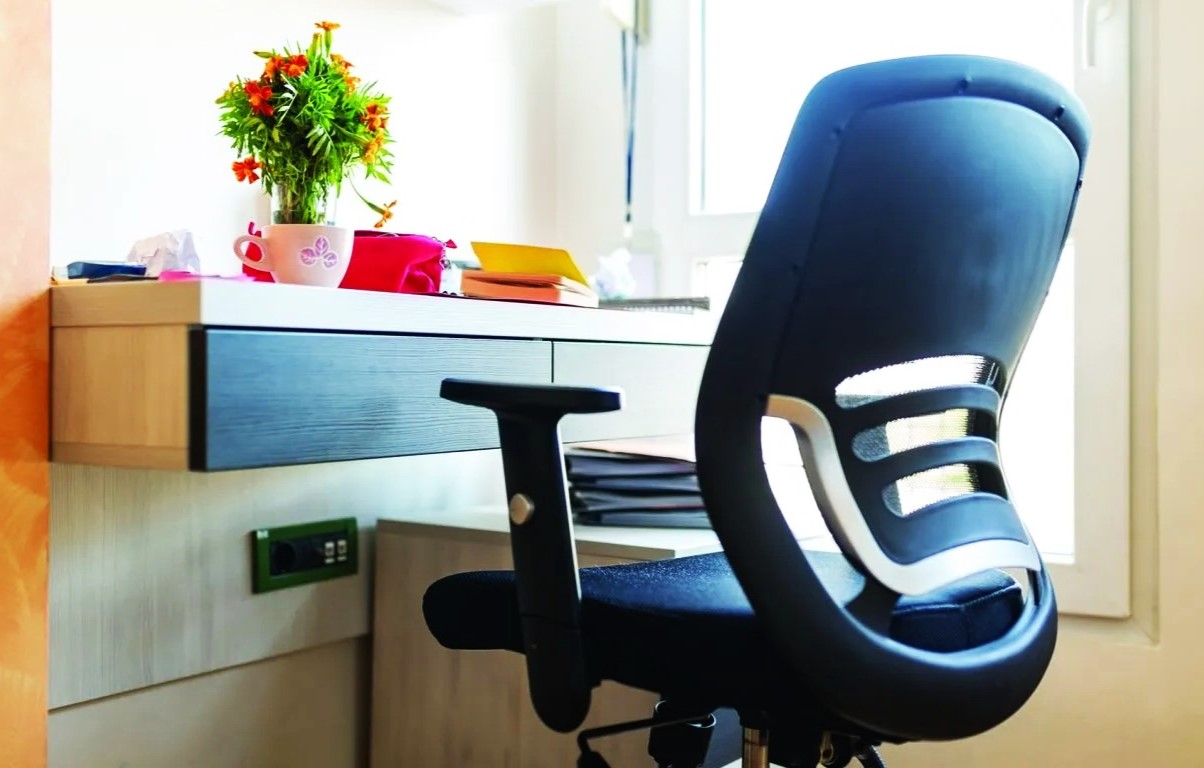


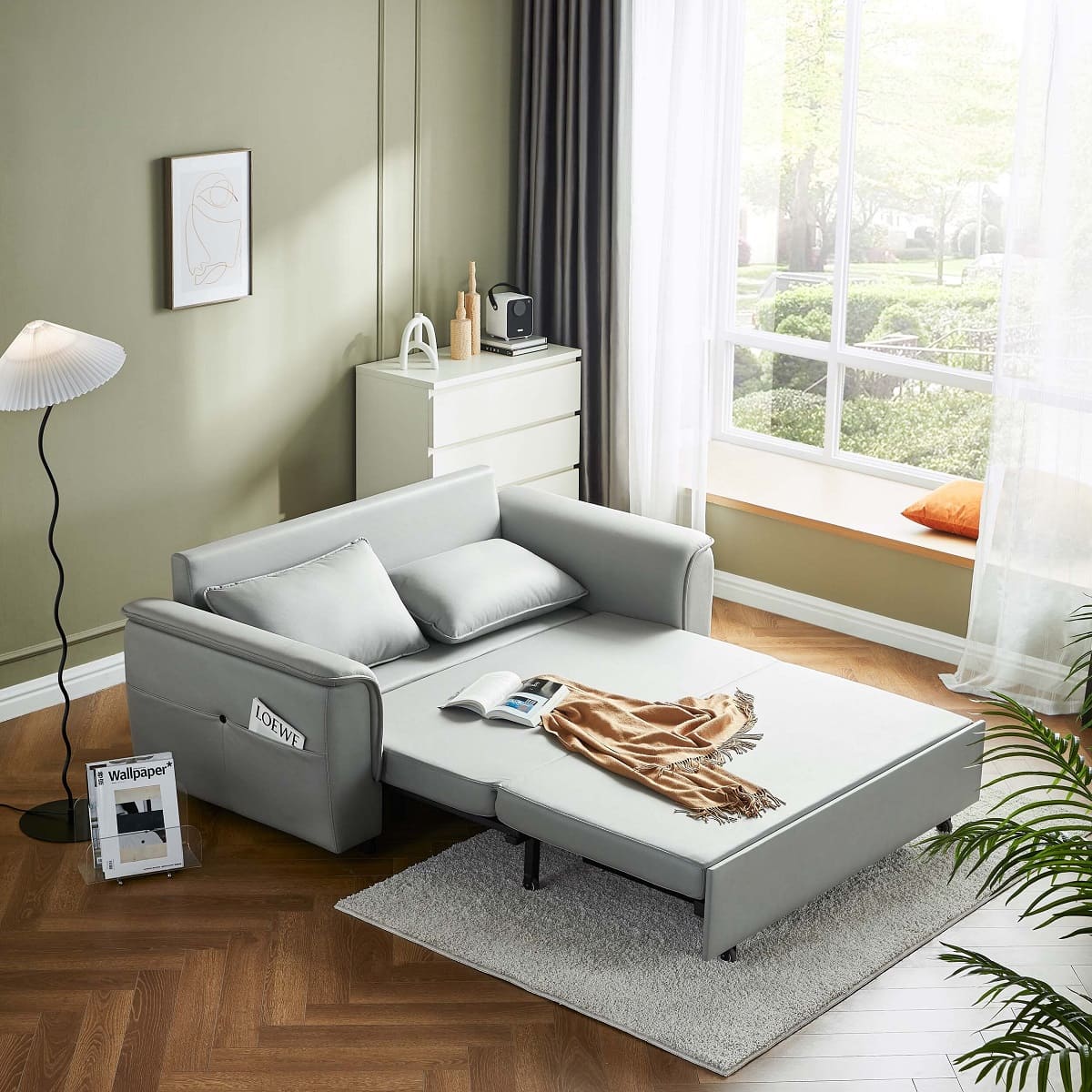





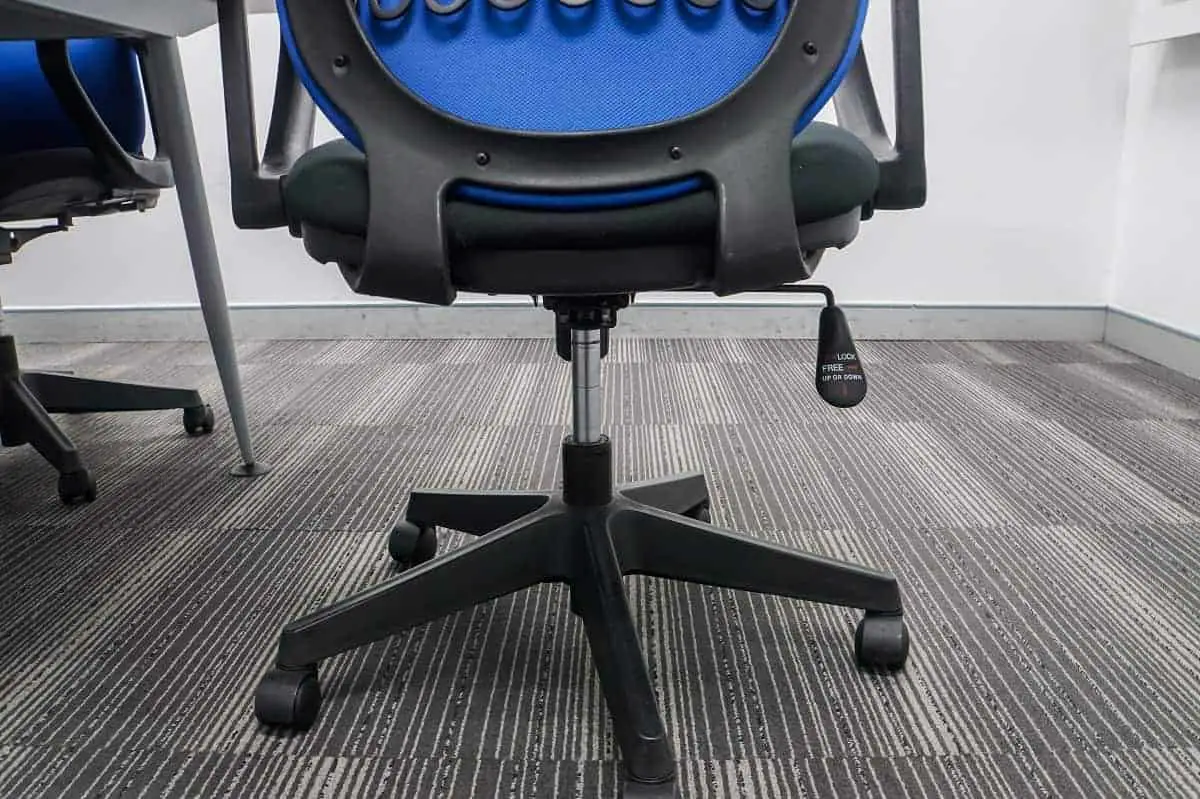
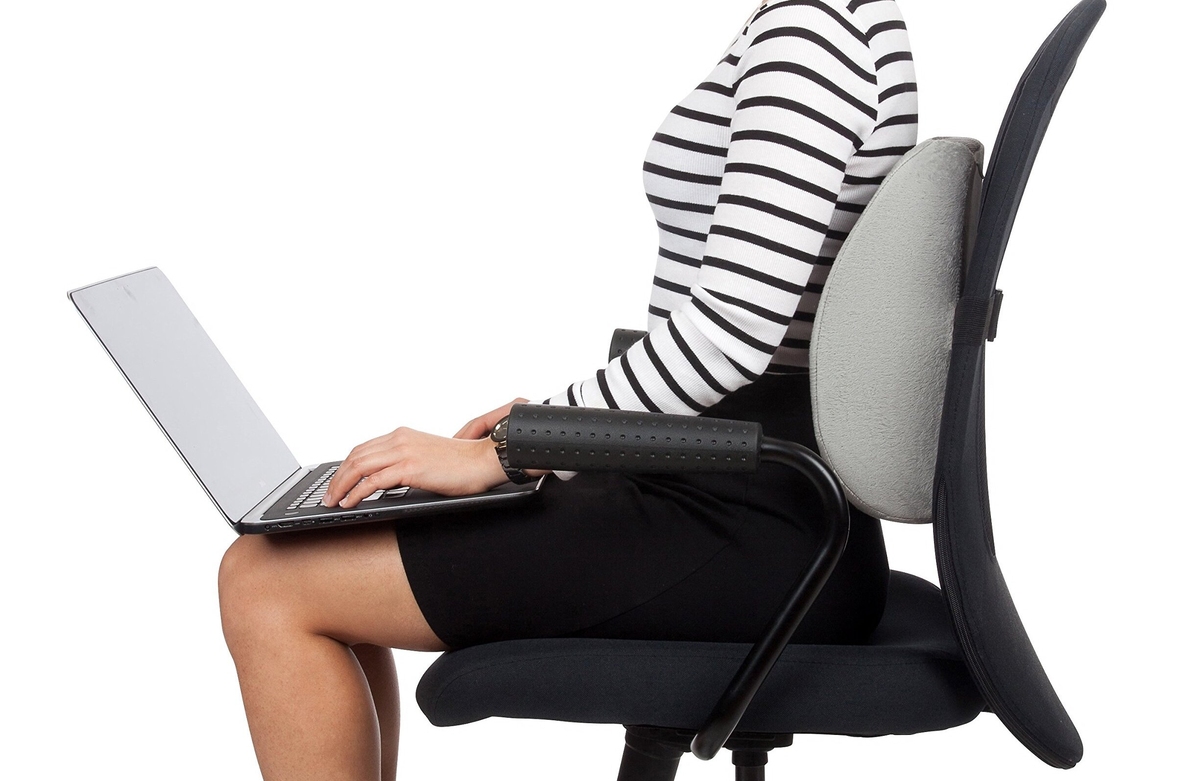

0 thoughts on “How To Make An Office Chair More Comfortable”